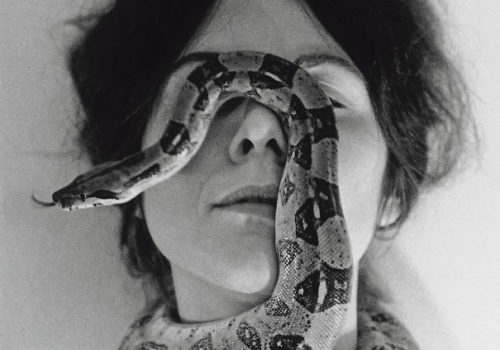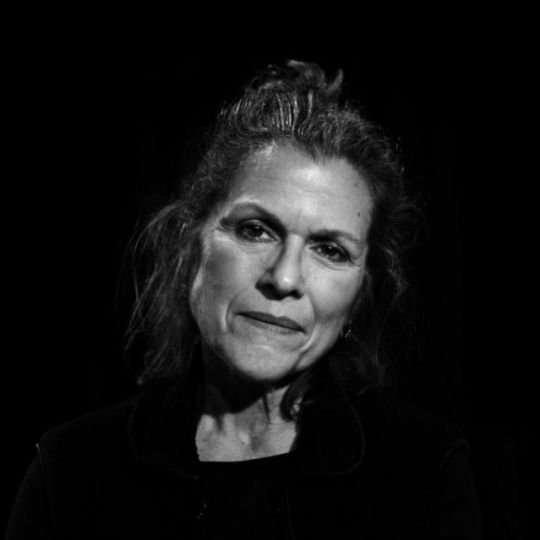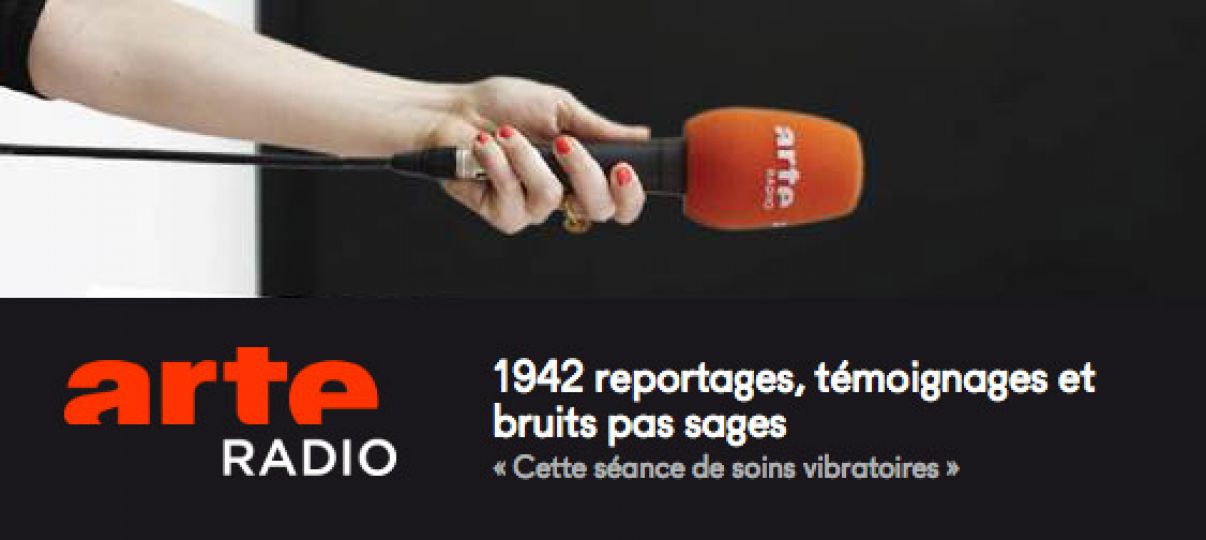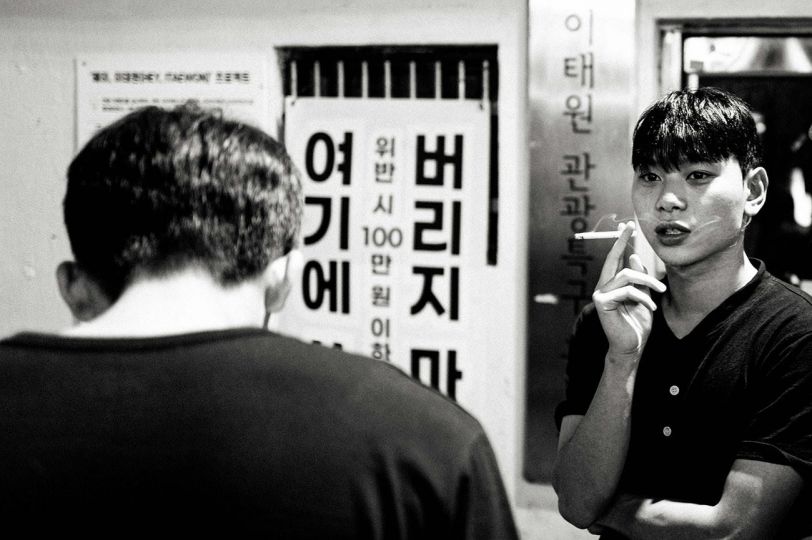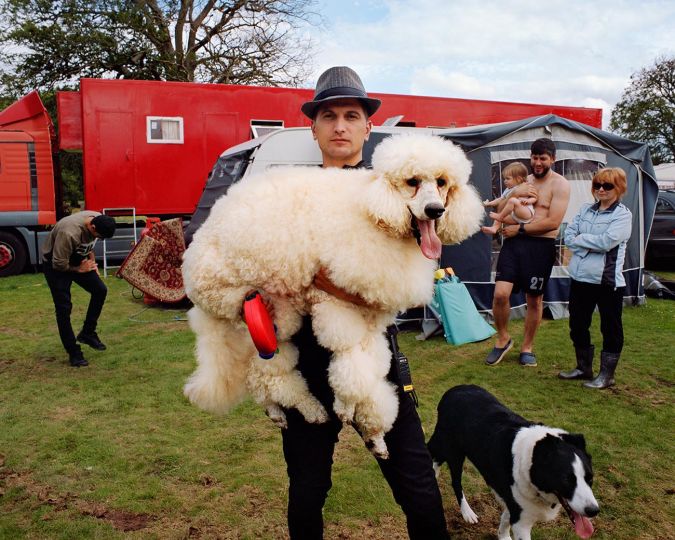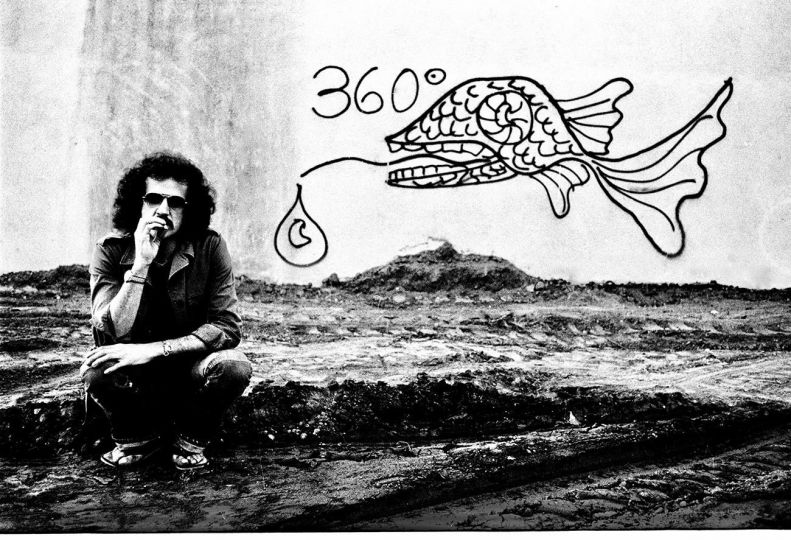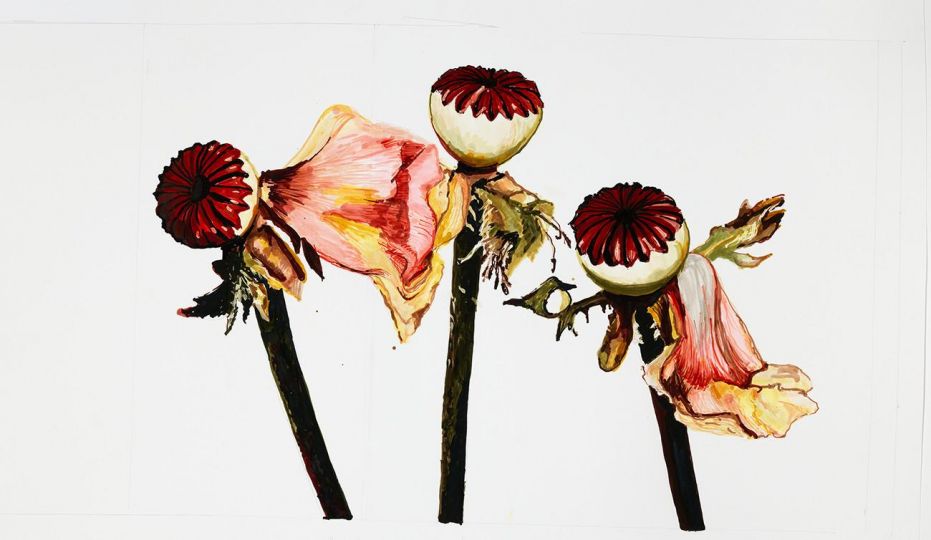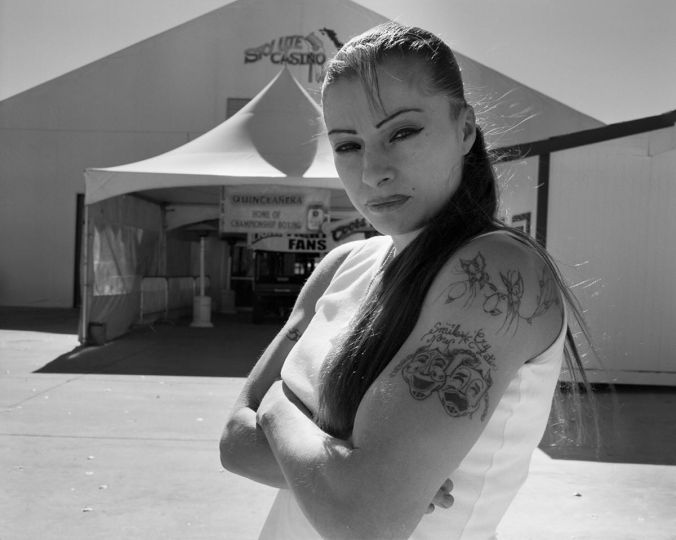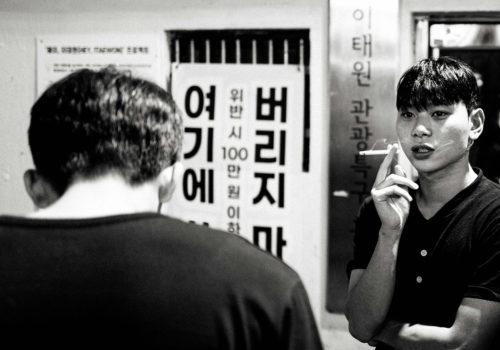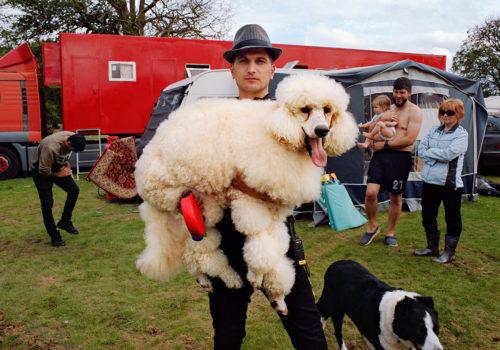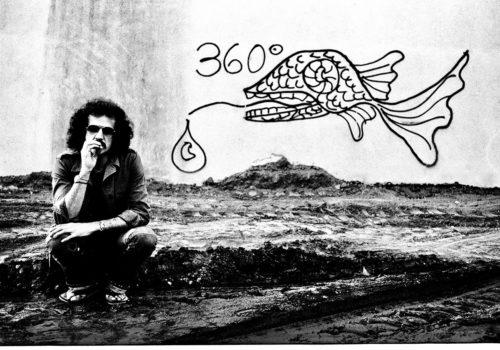Jane Evelyn Atwood was the first recipient of the W. Eugene Smith Memorial Fund for Humanistic Photography in 1980. Her recent appearance at Aperture, where she delivered the first 1st Smith Talk of 2016, marked a very special occasion. Further she is rarely presents in the US.
Ms. Atwood talked of her early history and some of her major projects. Atwood had been photographing for only a few years when Magnum photographer Leonard Freed encouraged her to apply in the Fund’s debut year. Atwood submitted a proposal based on her work with blind children.
Her career as a photographer seemed unlikely. She is American but a long time resident of Paris. She worked there as an au pair after graduating from Bard College. She had been making pictures informally then traded in her Instamatic for a Nikkormat at the encouragement of a camera store owner. She attended a Diane Arbus exhibition in Paris and that spurred her to emulate that work. At one of the Tuesday night gallery openings she started frequenting, she met someone who offered to make a connection to a prostitute named “Blondine” who became the center point of Atwood’s first major series. For a year Atwood immersed herself in the lives of these ladies and their clients in and around the “Select Bar” in the neighborhood eventually displaced by the Centre Pompidou.
When working on this, she met Freed whose critical eye and encouragement set her on the path of a long career distinguished by her thoroughness and obsessive investigation. The work has always been unstaged and done “in camera”, as seen, without cropping. She insists that “an interesting photograph is one that asks a lot of questions”.
An incident witnessing three blind men on a bus led her to another well known series on the blind. The blind continue to fascinate her.
She produced a color essay on Jean- Louis, a ground breaking chronicle of a man dying of AIDS, who allowed himself and indeed who wanted to be photographed. Atwood ultimately moved in with Jean-Louis as the end of his battle with the disease and continued to care for him in the hospital, fulfilling his desire to “fight it together” and in public. This very moving and personal document, the first like it, was published in Paris Match in 1989.
The photographer then spoke at length about her long term project looking at women in prison all over the world. The portraits here are particularly striking: grainy, moody and soberingly direct. This work had repercussions, with Amnesty International and the Human Rights Watch, responding to the power of her photography,
When asked what motivates her, she said that the projects propel her along. “When do you know you’re done?” Leonard Freed said that it was when you start to make mistakes. Atwood says that she guards against her tendency to stay too long. Her advice is that of Marc Riboud, “Be present and receive what is in front of you”. She is done when “I’ve understood, and it’s in the pictures”.
In 2012 at the Maison Européenne de la Photographie, Jane Evelyn Atwood had one of the MEP’s best attended exhibitions, a career retrospective. She has had a memorable publishing career with editorial work and 10 major books to her credit.
Prints are available through her website.
Her parting advice to the young photographer: “Learn as many languages as possible, then get out and make the pictures”.
The Smith Talks are a collaboration between the W. Eugene Smith Memorial Fund and The Aperture Foundation. They offer the Fund an opportunity for more visibility to sustain and to support the Gene Smith legacy. Applications for the annual $30,000 grant “to carry out a complete major photographic essays” may be submitted in early June. Details are online.

